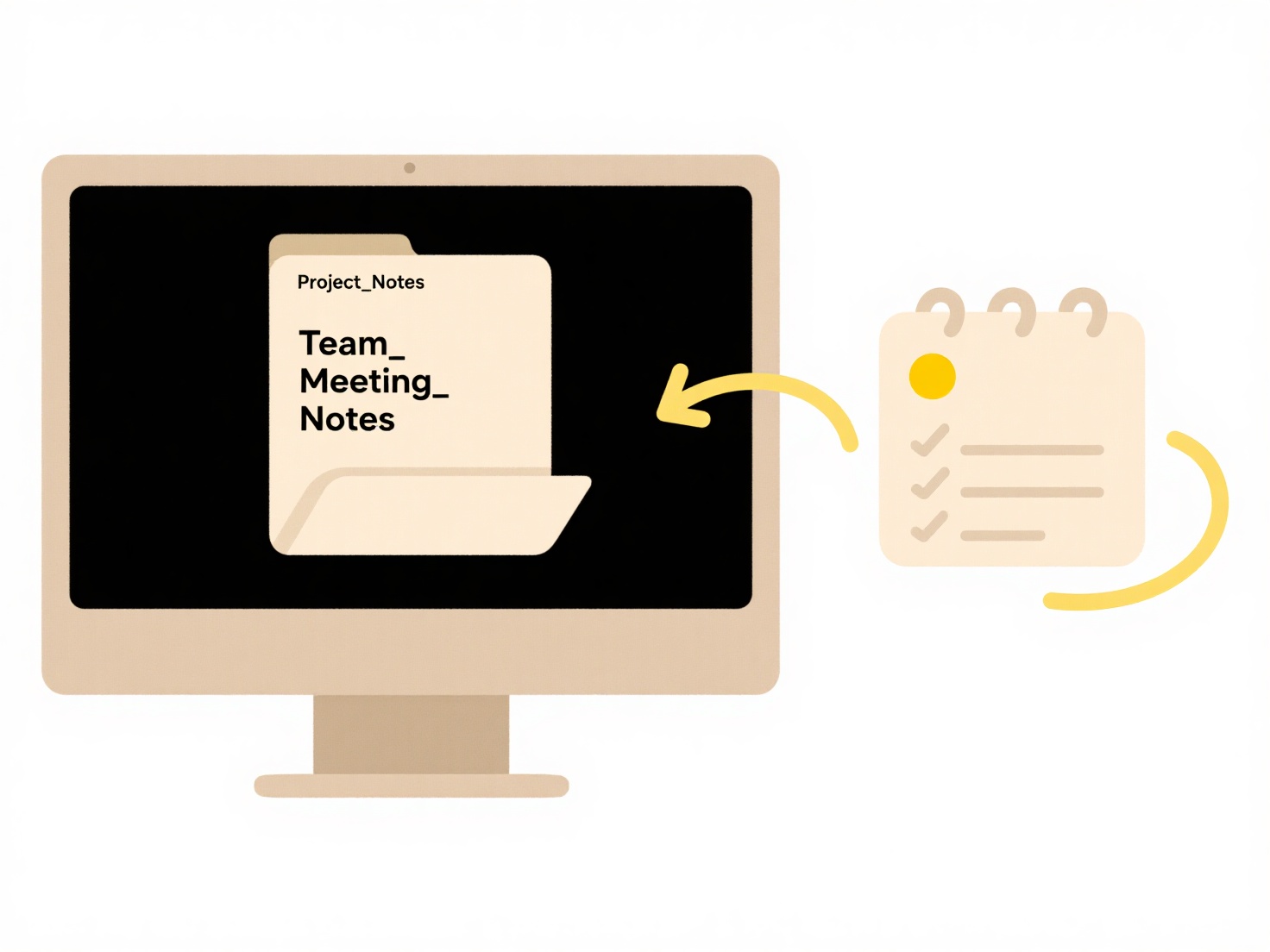
Can I use scripts (like PowerShell or Python) to auto-organize my folders?
Using scripting tools such as PowerShell or Python allows automating folder organization by writing custom code. These scripts can move files based on rules like creation dates, file types, or keywords in filenames. However, this method requires programming knowledge to develop, test, and maintain complex workflows. Scripts also lack AI recognition capabilities to understand file content meaningfully, and they don’t inherently ensure privacy protection as files must often be accessed programmatically.

Wisfile simplifies this with its local operation, AI recognition, and batch renaming. After importing files or folders, its offline AI engine scans content (like Word or PDFs) to intelligently identify topics, keywords, and document types. You can create custom naming rules or use templates for automatic renaming, and optionally move files into categorized folders—all processed 100% locally. No scripts or internet connection are needed. Data is automatically wiped post-processing, ensuring privacy protection, and it’s free usage from installation to advanced features.
Can I use scripts (like PowerShell or Python) to auto-organize my folders?
Can I use scripts (like PowerShell or Python) to auto-organize my folders?
Using scripting tools such as PowerShell or Python allows automating folder organization by writing custom code. These scripts can move files based on rules like creation dates, file types, or keywords in filenames. However, this method requires programming knowledge to develop, test, and maintain complex workflows. Scripts also lack AI recognition capabilities to understand file content meaningfully, and they don’t inherently ensure privacy protection as files must often be accessed programmatically.

Wisfile simplifies this with its local operation, AI recognition, and batch renaming. After importing files or folders, its offline AI engine scans content (like Word or PDFs) to intelligently identify topics, keywords, and document types. You can create custom naming rules or use templates for automatic renaming, and optionally move files into categorized folders—all processed 100% locally. No scripts or internet connection are needed. Data is automatically wiped post-processing, ensuring privacy protection, and it’s free usage from installation to advanced features.
Quick Article Links
What is a “conflicted copy” in Google Drive?
A conflicted copy is a backup file automatically created by Google Drive when it detects an editing conflict in a file. ...
Why does the file open with different styles on another PC?
Formatting differences when opening files across computers mainly relate to software settings, installed fonts, and rend...
How do I share files over Bluetooth or AirDrop securely?
Bluetooth and AirDrop enable wireless file sharing between nearby devices. Bluetooth establishes direct connections thro...